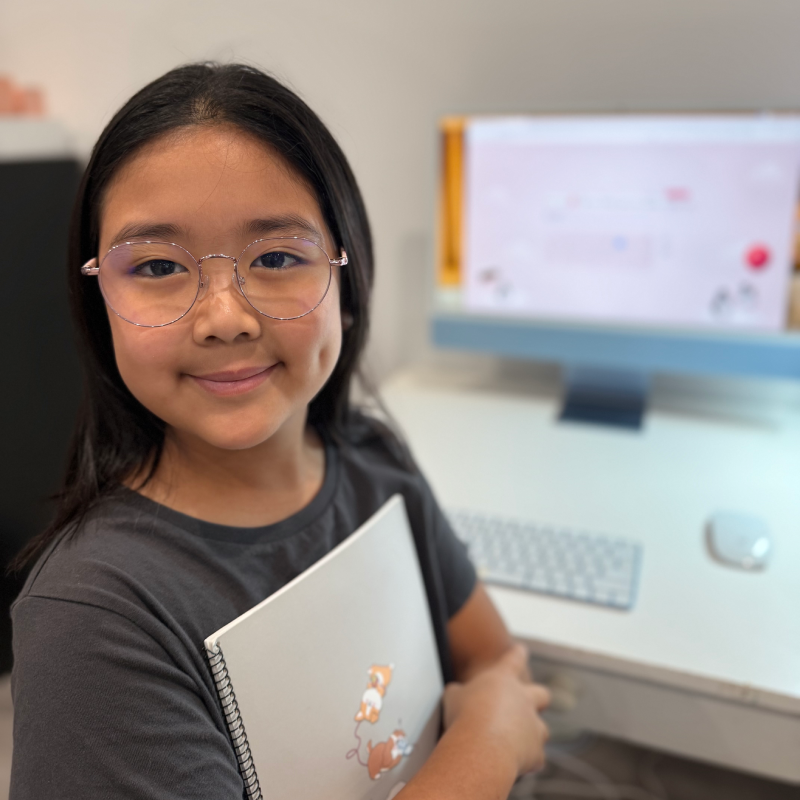Stellest® Lenses now FDA Approved – Now Available!
On September 25, 2025, the FDA officially authorized Essilor Stellest® lenses—the first spectacle lens proven to both correct vision and slow the progression of myopia in children. Conveniently located inside LensCrafters (owned by Essilor, the maker of Stellest®), Clarity Advanced Optometry is proud to be among the select practices bringing this breakthrough to families in our community.
Our doctors are leaders in myopia management, already offering advanced treatments like Ortho-K, MiSight® daily contacts, and low-dose atropine. Stellest® now adds an easy, glasses-based option—and with our wide range of kids’ eyewear, your child can see clearly and feel confident every day.
📞 Be one step ahead. Call our Myopia Control Hotline: 626-268-3069 to schedule a consultation and learn if Stellest® lenses by Essilor are right for your child.














